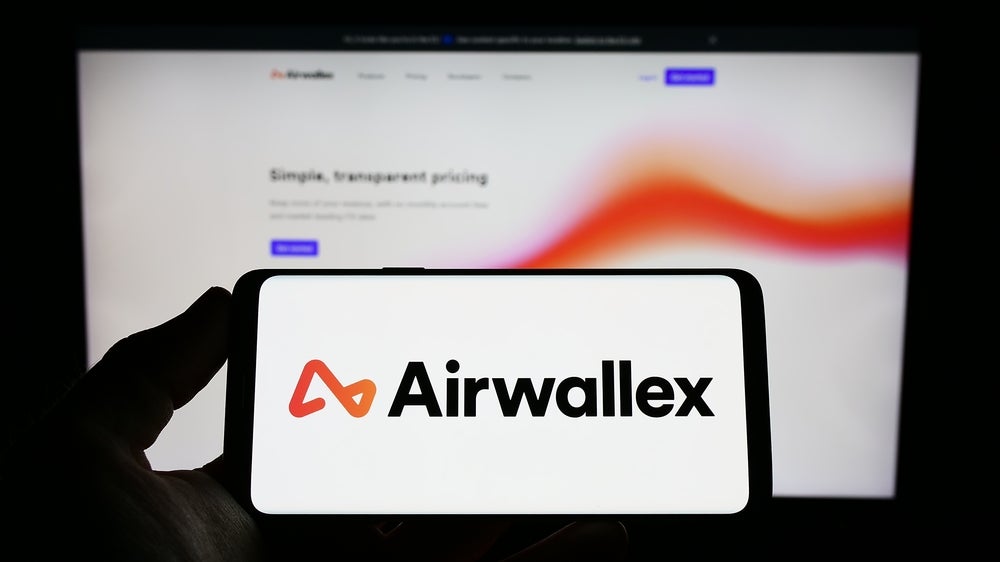
Open banking is a catalyst for innovation, introducing features that bolster security and develop incredible potential for third party collaboration. But perhaps the most exciting advance in the space is the introduction of Variable Recurring Payments (VRPs). Despite being in their infancy, VRPs are set to transform the way in which payments are made online. Allowing customers to easily set up and cancel recurring payments, VRPs will complement existing, more traditional payment methods such as direct debit and card on file.
The development of VRPs means that open banking can be applied across more use cases, creating a more seamless payment experience. So why are VRPs such a hot topic? As a new way to pay, VRPs have the potential to herald in a new era of consumer and business banking – offering not just greater choice, but greater control and flexibility over recurring payments.
How do Variable Recurring Payments work?
VRPs allow third party providers (TPPs) to initiate a series of payments of different amounts and at different time, on behalf of a customer. Providing payers with greater control and greater transparency, VRPs streamline the experience of making regular open banking payments via the option of live notifications and the ability to set caps.
To initiate VRPs, customers typically provide their consent through methods like using electronic authorisation systems. This in turn enables payments to be initiated without requiring manual approval for each transaction.
Sweeping refers to the automatic transfer of money between a customer’s own accounts, known as a ‘me-to-me’ payment – whether it’s paying off loans or paying into a savings account. Other uses for sweeping include repaying credit card accounts, transferring funds to e-money accounts, as well as repaying overdrafts.
VRPs are customer-centric by design, placing the control of finances in the hands of the consumer. Customers can set maximum payment amounts, consent to regular outgoing payments, and revoke payments instantly. Customers do not need to be reminded about upcoming payments and can view VRPs via their online and mobile banking apps.
How well do you really know your competitors?
Access the most comprehensive Company Profiles on the market, powered by GlobalData. Save hours of research. Gain competitive edge.

Thank you!
Your download email will arrive shortly
Not ready to buy yet? Download a free sample
We are confident about the unique quality of our Company Profiles. However, we want you to make the most beneficial decision for your business, so we offer a free sample that you can download by submitting the below form
By GlobalDataEasy, secure, flexible: why choose VRPs
VRPs are typically compared to direct debit. And while the two payment methods are similar in functionality, VRPs offer improved control, security, and flexibility.
Utilising faster payments, VRPs ensure funds are settled instantly as opposed to the multi-day settlement cycle by which direct debits are processed under. Bank and/or card details are not saved down and strong customer authentication is embedded in the VRP payment set-up, ensuring payments are secure and less prone to fraud. With direct debits, each customer’s instruction is stored and can be subject to data and security breaches.
When it comes to admin, setting up a VRP payment can be automated with pre-filling payment details to avoid human error. Once set up, VRPs require no ongoing maintenance from the customer. In contrast, the cumbersome process of setting up direct debits impacts the customer experience, as first payments tend to reach merchants on a specified date.
VRPs also present a solution to reduce the likelihood of indemnity claims which can often create issues for businesses where multiple reimbursements may be claimed. The unlimited nature of indemnities can manifest itself in a credit risk for businesses as claims may be filed reaching back over 10 years. Although they represent an important protection measure, VRP’s ability to set a cap on how much may be debited across each payment places control back into the hands of the consumer. This in turn decreases the associated risk businesses are exposed to, effectively allowing them to provide services at a lower cost.
Direct debits can also be prone to failure because of rejected mandates or incorrect account details. Recent data shows that the direct debit failure rate in August 2023 increased by 14% when compared with August 2022. VRPs could be the reliable alternative that gives customers a more convenient and secure way to have control over recurring payments.
The commercial potential of VRPs
One of the most useful functions of ‘me-to-business’ type VRPs is their potential to support regular bill payments. Whether it’s managing regular household bills like utility payments or subscriptions for streaming services, VRPs can significantly optimise both the user experience and collection rates for businesses.
Businesses can equip customers with a flexible alternative to direct debits, standing orders, and card payments, by offering automated account management, no chargebacks and immediate settlement – all while lowering business’ own costs, improving cashflow, and reducing risk.
What does the future of VRPs hold?
The need for cost-effective, consented, and controllable payments is a no-brainer. VRPs offer a degree of innovation in banking that can not only help banks and fintechs build new business models, but also provide better customer experiences for all.
While the potential of VRPs is undoubtedly enormous, the technologies needed to ensure that VRPs can be rolled out still need to play catch up. Banks and fintechs must continue working collaboratively to build a commercial framework that champions the case for VRPs and ensures we can all reap the rewards and benefits of open banking.
James Hodgson is Chief Product Officer, Payit by NatWest







